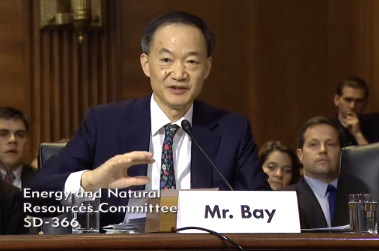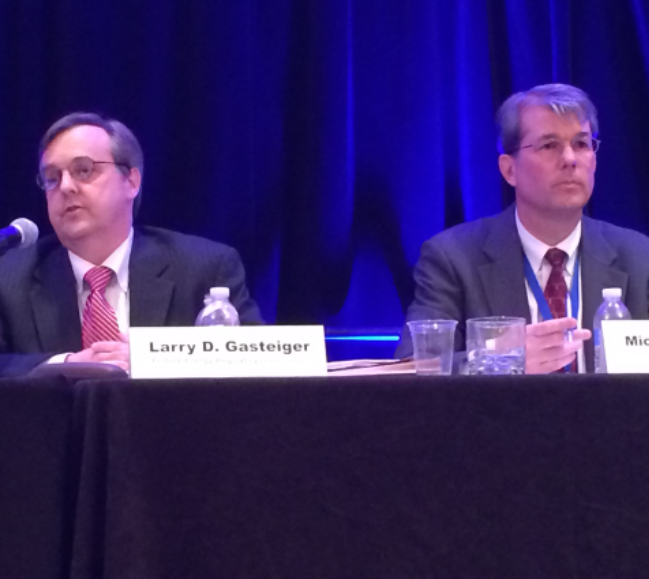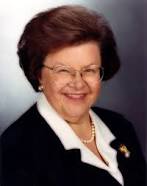
It’s time for President Obama to start reviewing resumes again.
Just days after Norman Bay was sworn in as the Federal Energy Regulatory Commission’s fifth member, Democrat John Norris announced he will resign his position almost three years early, creating yet another opening on the panel.
Bay was sworn in Monday after taking a swipe at the PJM energy traders who had dogged him through his confirmation process.
On Friday, Norris confirmed long-standing rumors of his departure by announcing he will leave FERC Aug. 20 to take a post as the Minister-Counselor for the U.S. Department of Agriculture in Rome.
In between, newly promoted Chairman Cheryl LaFleur asserted her authority by filling the General Counsel’s post.
All in all, just another week at 888 First St. NE.
In one of his last acts as director of the FERC Office of Enforcement, Bay authorized the issuance of a Staff Notice of Alleged Violations against a group of investors over what staff said was illegal “wash” trades intended to capitalize on transmission line-loss rebates in PJM.
The notice, issued Tuesday, targets Kevin and Richard Gates, who launched a publicity campaign and lobbied against Bay’s nomination to highlight their complaints over FERC’s investigation. (See related story, PJM UTC Case Likely Headed to Court.)
Obama had indicated his intent to make Bay chairman immediately after his confirmation. But in order to win crucial votes in the Senate, the White House agreed to delay Bay’s promotion until April 15.
Cheryl LaFleur Flexes
That makes LaFleur, who had served as acting chair since November, kind of a Cinderella chairman.
But, apparently emboldened by Obama’s decision July 30 to remove her “acting” title, she asserted her authority Thursday by doing the same for former acting General Counsel David Morenoff, who has been doing that job since October 2012.
Meanwhile, Norris announced he would leave — not to return to his home in Iowa, as some had expected, but to Italy, thanks to Secretary of Agriculture Tom Vilsack.
Norris had served as Vilsack’s chief of staff, both in the Agriculture Department and before, when Vilsack was Iowa’s governor.
Norris issued a statement praising his FERC colleagues before heading off to a camping trip in Maine with his family. He was unavailable for comment yesterday.
Colette Honorable Next?

With Norris departing, speculation on his replacement has focused on Arkansas Public Service Commission Chair Colette Honorable. She was named chair of the Arkansas commission by Gov. Mike Beebe, whom she previously served as chief of staff when he was attorney general. Her six-year term expires in 2017. Honorable is also three-quarters through her one-year term as president of the National Association of Regulatory Utility Commissioners (NARUC).
A lawyer and native of Little Rock, she previously served as executive director of the Arkansas Workforce Investment Board and as an attorney in the Attorney General’s Office, where she worked on Medicaid fraud cases. She has also worked as an attorney at the Center for Arkansas Legal Services, a law clerk in the Arkansas Court of Appeals and as an assistant public defender.
She did not return a request for comment yesterday.
Lame Duck
Norris’ departure was widely expected after he told a conference in June that he would not seek renomination when his term ended in 2017. Norris said industry stakeholders had told him he could not win Senate confirmation if he was reappointed because he is too “pro-consumer.”
Last year, Norris blasted Senate Majority Leader Harry Reid (D-Nev.) for blocking his bid to become FERC chair. Norris said Reid had opposed his elevation to chairman because the majority leader thought he was “too pro-coal” during his time on the Iowa Utilities Board.
Since last year, Norris has increasingly forged his own path. After issuing 11 dissents or concurring statements in 2010, and 11 in 2011, he issued 19 last year and 11 through the first six months of 2014.
Norris’ wife Jackie ran the 2008 Obama campaign in Iowa and briefly served as Michelle Obama’s chief of staff; she is now executive director of the Points of Light Corporate Institute, an organization that helps companies develop employee-volunteer programs, in D.C.
Before Norris’ announcement last week, an editorial in The Storm Lake Times urged him to return home to run for office, suggesting he was one of the few Democrats who could oust Rep. Steve King or Gov. Terry Branstad. He had run unsuccessfully for the House in 2002.
The Work Goes On
Republican Commissioner Tony Clark said yesterday he will miss working with Norris, who he has known since they were both state regulators.
Clark said while it would be nice to have a full panel, there haven’t been many occasions when the panel locked in 2-2 ties.
While Bay may emphasize new initiatives when he becomes chair, Clark said, much of the commission’s day-to day activities will be unchanged. “A lot of the work is just driven by the filings themselves,” he said.















